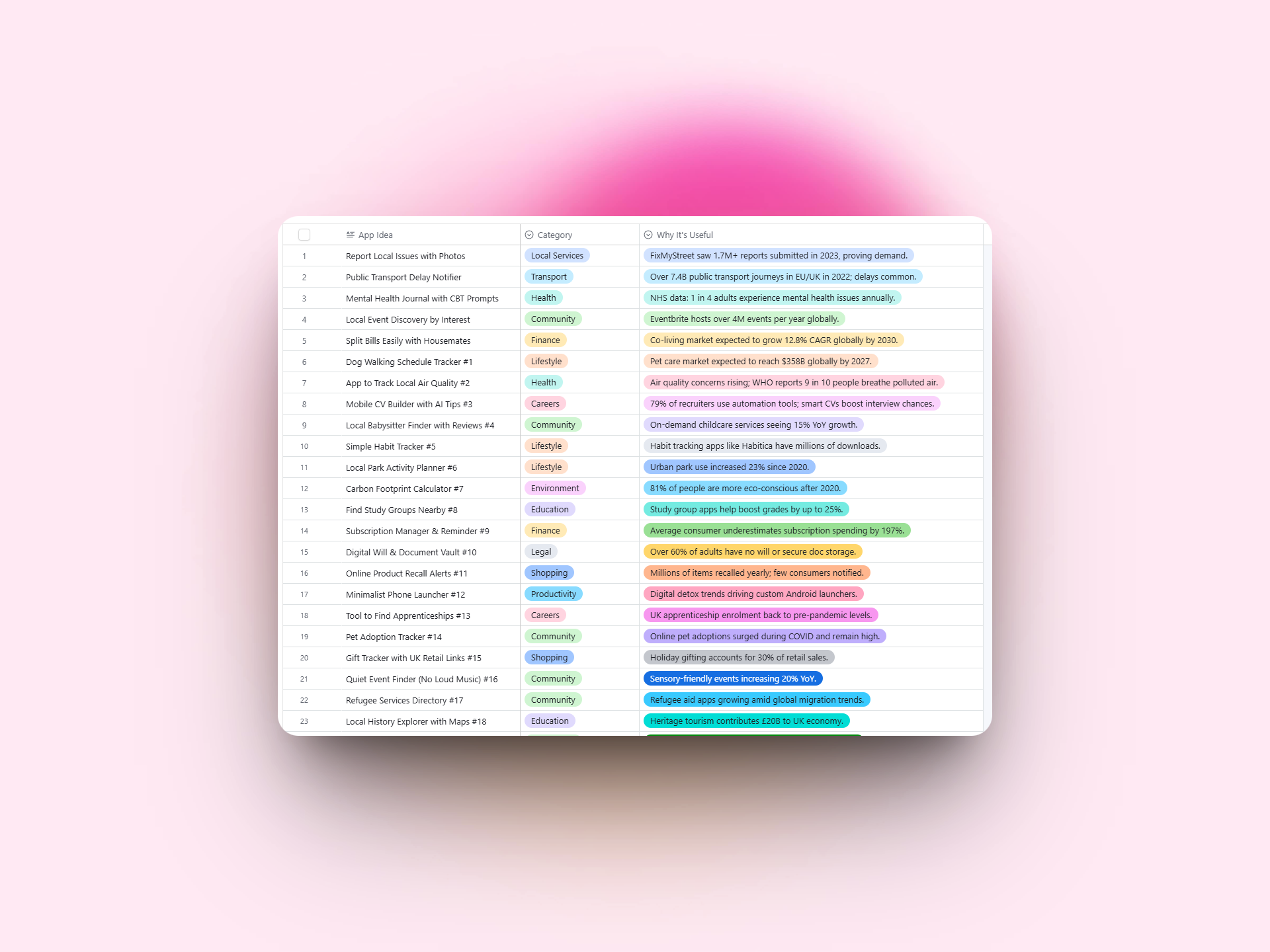Building a product nobody wants is expensive. Building one people are already begging for? That's just smart research.
Most founders skip the most obvious step: listening to what people are already complaining about.
While you're brainstorming in isolation, thousands of potential customers are posting their exact pain points on Reddit, leaving frustrated reviews on G2, and hiring freelancers to solve problems that could be your next startup.
This approach isn't theoretical.
Om Patel used it to validate over 10,000 product ideas and built an entire platform around complaint-driven validation.
Why Most Startup Ideas Fail Before They Start
The typical startup death spiral looks like this:
- Founder gets excited about a "cool" idea
- Spends months building it
- Launches to crickets
- Scrambles to find product-market fit
- Runs out of money
Flip this process.
Instead of building first and validating later, validate first and build only what people are already asking for.
When you build from complaints, you're not creating demand, you're capturing it.
The Four Goldmines of User Frustration
1. Reddit: The Unfiltered Truth
Reddit users don't sugarcoat problems. They vent, they ask for help, and they share exactly what's not working in their lives.
Where to look:
- Industry-specific subreddits (r/smallbusiness, r/freelance, r/marketing)
- Problem-focused communities (r/productivity, r/EntrepreneurRideAlong)
- Geographic local subreddits for location-based problems
Magic search phrases:
- "Is there a tool that..."
- "Why doesn't anything exist for..."
- "I'm so frustrated with..."
- "Does anyone know how to..."
- "I wish [existing tool] could..."
Pro tip: Sort by "New" to catch problems as they're posted, before they get buried.
2. G2 and Capterra: Where Dreams Go to Die
Software reviews are goldmines because people explain not just what's broken, but what they wish existed instead.
Focus on:
- 2-3 star reviews (these users are engaged but frustrated)
- Comments mentioning competitors
- Reviews that start with "It's good, but..."
- Feature request sections
What to extract:
- Specific workflows that don't work
- Integration gaps
- Pricing complaints that suggest market opportunities
- User types who feel underserved
3. App Store Reviews: Mobile Frustration at Scale
Mobile app reviews are particularly valuable for B2C ideas and productivity tools.
Target:
- 1-3 star reviews with detailed feedback
- Recent reviews (problems change as apps evolve)
- Reviews mentioning switching to competitors
- Comments about missing features
Look for patterns like:
- "Great concept, terrible execution"
- "Would be perfect if it just..."
- "Used to love this until..."
4. Freelancer Platforms: The Automation Opportunity Map
Upwork, Fiverr, and Freelancer are treasure troves of tasks people wish were automated.
Red flags that signal opportunity:
- Repetitive data entry jobs
- Jobs posted weekly/monthly for the same task
- "Simple" jobs with high budgets (suggests urgency)
- Tasks requiring multiple tools to complete
Example goldmine: "Need someone to pull data from 5 different dashboards into one Excel sheet every Monday" = SaaS opportunity.
Turn Complaints Into Your Competitive Advantage
Raw complaints are useless without structure. Here's how to organize your research:
The Validation Spreadsheet
Create columns for:
- Source (Reddit post, G2 review, etc.)
- Problem (one sentence summary)
- User Type (small business owner, marketer, etc.)
- Current Solution (what they're using now)
- Pain Level (how frustrated they sound)
- Frequency (how often you see this complaint)
- Market Size Indicator (number of upvotes, review count, etc.)
Pattern Recognition
After 50-100 entries, group similar complaints:
- Are multiple user types facing the same core problem?
- Do complaints cluster around specific workflows?
- Which problems have the most emotional language?
- Where are people mentioning price as a barrier?
The Validation Score
Rank opportunities using:
- Frequency: How often does this complaint appear?
- Intensity: How passionate are people about solving it?
- Willingness to Pay: Do they mention budget or current paid solutions?
- Accessibility: Can you realistically build a solution?
Case Study: From Complaints to 10K Ideas
Om didn't stumble into this approach, he systematized it. Instead of manually collecting complaints, he built tools to:
- Automatically scrape complaint data from multiple sources
- Categorize problems by industry and user type
- Track complaint frequency over time
- Identify emerging problems before they become saturated
His insight: treat complaint mining like market research, not casual browsing.
The result? A database of validated problems that entrepreneurs can build against, rather than hoping their ideas find a market.
From Research to Revenue: Your Action Plan
Week 1: Research Sprint
- Pick 3 industries you understand
- Spend 2 hours daily mining complaints
- Fill your validation spreadsheet with 100+ entries
- Look for patterns and high-frequency problems
Week 2: Validation
- Join communities where your target users hang out
- Post questions about the problems you've identified
- Gauge interest in potential solutions
- Find 10 people willing to chat about their pain points
Week 3: MVP Planning
- Choose your highest-scoring opportunity
- Map out the simplest possible solution
- Identify your first 10 potential customers
- Build something testable in days, not months
The Compound Effect of Complaint-Driven Building
This approach does more than validate ideas—it transforms how you think about entrepreneurship:
- Shorter feedback loops: You're building for people who already want what you're making
- Built-in marketing: Your early users are people who've been complaining about the problem
- Clearer positioning: You know exactly how to describe your solution because you've heard the problem described hundreds of times
- Sustainable motivation: Building for real people with real problems feels different than building for imaginary users
Start Where the Pain Is Loudest
The best startup opportunities aren't hidden in stealth mode, they're hiding in plain sight in comment sections, review platforms, and job boards.
They could be right under your nose.
Your next customer is probably complaining about their current solution right now. Your job isn't to guess what they want—it's to listen to what they're already telling you.
Don't wait for inspiration. As Om puts it: "Scrape for it."
Ready to start mining complaints for startup gold? Begin with one platform, one industry, and one hour of focused research. The patterns will emerge faster than you think.




